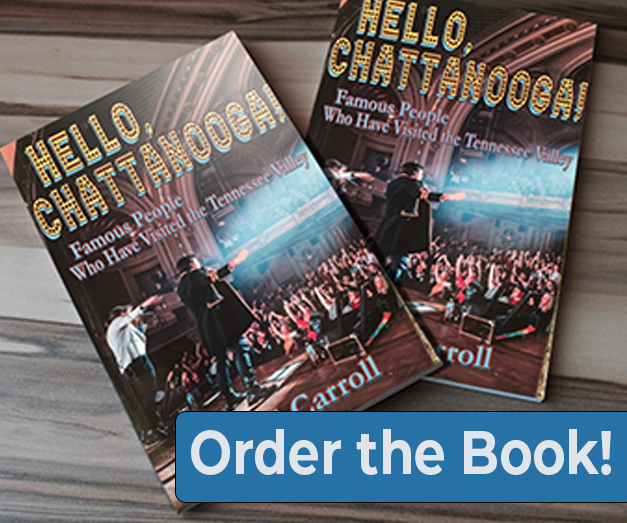I have often written, as have many others, about how angry Americans are about inflation. Economists say we are better off than other countries, but that doesn’t solve our problems.
Some people blame the president, other folks blame corporate greed, and still others say we have never recovered from pandemic-related supply chain issues. For sure, there’s plenty of blame to go around.
We have seen some encouraging signs in recent weeks. Surveys show that wages have risen, and that’s good. It’s one way to chip away at higher prices.
Also, retail chains including Walmart, Walgreen’s, Target, and McDonald’s have announced that some prices are being marked down, they say, “to give consumers some relief.” In some cases, these moves were made shortly after news reports revealed record profits. This information surprised absolutely no one.
Before you get too excited, let me assure you that the days of a 12-pack of Cokes for $2.99 are long gone. Little Debbies aren’t dropping back to 99 cents a box either. As Red Lobster, the former home of “endless shrimp for $20” might say, that ship has sailed.
So as we grudgingly adjust to eye-popping sticker prices on everything from fresh eggs to used cars, allow me to shine a light on one seemingly inflation-proof favorite: the beloved banana.
Through good times and bad, the price of bananas has remained remarkably stable. I vividly remember bananas selling for around 19 cents a pound at our family store for twenty years. This dates back to the 1960s, when a gallon of regular gas was 29 cents. Since then, banana prices have tripled, which is not bad over a half-century of inflation.
Compare that to gas, which has recently bounced around from 2 to 5 dollars a gallon, and even higher in some cases. Using today’s relatively stable average of about $3.50, gas is at least 1200 percent higher than 50 years ago. If bananas followed that same path, they would be around $2.40 a pound today. Instead, they are usually available for around 60 cents a pound, which is up only 3 cents from a decade ago.
Why are bananas so cheap, even now? Labor and shipping costs are very low, and banana-growing countries produce healthy crops year after year. Also, bananas spoil pretty quickly, so growers and retailers keep the price low in order to keep them moving.
Keep that in mind when you use a banana with just about anything else. It’s the one thing you can count on. The peanut butter and bread that help make up a sandwich? Prices have shot up on both. The ice cream, whipped topping and syrup on that banana split? They have all increased (except of course the size of their packaging, which is another rip-off entirely).
My favorite grocery expert is Jesse Lewis, who was a longtime executive, most recently with Food City. Now a consultant, he sings the praises of bananas quite often. His favorite tune just might be “The Banana Boat Song” by Harry Belafonte. You know, “Day-O, Day-O,” about a beautiful ripe bunch of bananas. It’s a great tune to have stuck in your head. You’re welcome.
Anyway, Jesse told me about the journey bananas make. From the plantations of Costa Rica, to packaging, to the truck, to the boat. They must be kept cool the entire time, to keep them from ripening too early.
The boat ride to Miami is 1,120 miles, a 48 hour trip. Upon arrival, they are rushed to various retailers throughout the USA. And soon, picky shoppers choose the ones they want, at an incredibly low price.
Jesse concludes, “What people don’t know would amaze them. I wish they could see the work and coordination that results in bananas being so affordable and readily available, all the way from Central America to your local store. And then you can buy them for about 20 cents each. Bananas are truly a blessing, and most people have no idea.”
So the next time you’re complaining about the $1.29 candy bar that used to be twice as big and a whole lot cheaper, grab a bargain banana. It’s better for you, and it just might make you smile.


